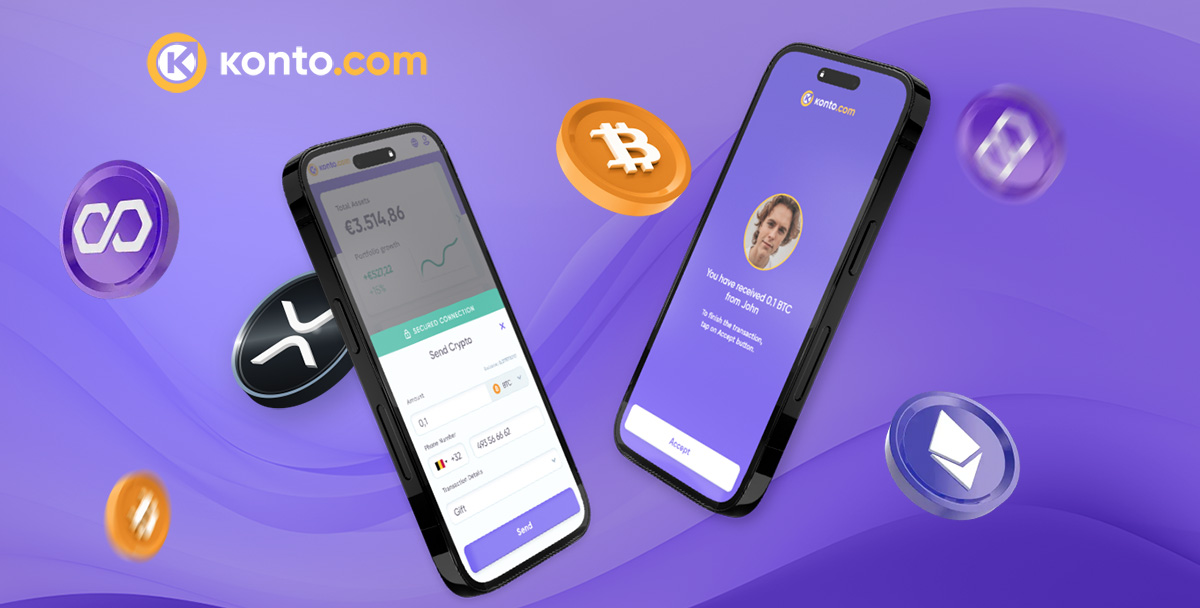Fiat money is simply declared as legal tender by a government or other authority and is used as a medium of exchange for goods and services. In this article, we will explore the concept of fiat money, its history, and its impact on the global economy.
The concept of fiat money dates back to ancient times, when rulers would often stamp their faces onto coins to establish their authority over the currency. However, the modern era of fiat money began in the early 20th century, when most major countries moved away from the gold standard and began using paper currency backed only by the government's promise to honor it.
Fiat money is essentially created out of thin air by central banks. When a government needs to spend money, it can either collect taxes or borrow money by issuing bonds. However, if it needs to spend more money than it has collected or borrowed, it can simply print new money and inject it into the economy. This process is known as quantitative easing, and it is often used to stimulate economic growth during times of recession or to finance large government projects.
In simple terms - Fiat Money is a currency issued and backed by a government, but not supported by a physical commodity such as gold or silver.

One of the main advantages of fiat money is its flexibility. Because it is not tied to a physical commodity, the government can control the money supply and adjust interest rates to respond to changing economic conditions. This allows central banks to fine-tune the economy, reducing inflation during times of growth and stimulating spending during times of recession.
However, fiat money also has its drawbacks. Because it is not backed by a physical commodity, it is vulnerable to inflation and devaluation. Inflation occurs when the money supply grows faster than the economy, leading to rising prices and a decrease in the purchasing power of the currency. Devaluation occurs when a government prints too much money, causing the value of the currency to fall relative to other currencies and commodities.
Another potential downside of fiat money is that it can be subject to political manipulation. Because central banks are often controlled by the government, there is a risk that they may use monetary policy for political gain rather than to promote economic stability. In extreme cases, this can lead to hyperinflation, as seen in countries like Zimbabwe and Venezuela.
Despite its drawbacks, fiat money is now the dominant form of currency around the world. The US dollar, for example, is the most widely used currency in international trade and is held as a reserve currency by many central banks. The euro, yen, and pound sterling are also major fiat currencies used in international commerce.

In conclusion, fiat money is a type of currency that is not backed by a physical commodity but is simply declared as legal tender by a government or other authority. While it offers flexibility and allows central banks to fine-tune the economy, it is vulnerable to inflation, devaluation, and political manipulation. As the dominant form of currency in the modern world, it plays a crucial role in the global economy and is likely to continue to do so for the foreseeable future.












